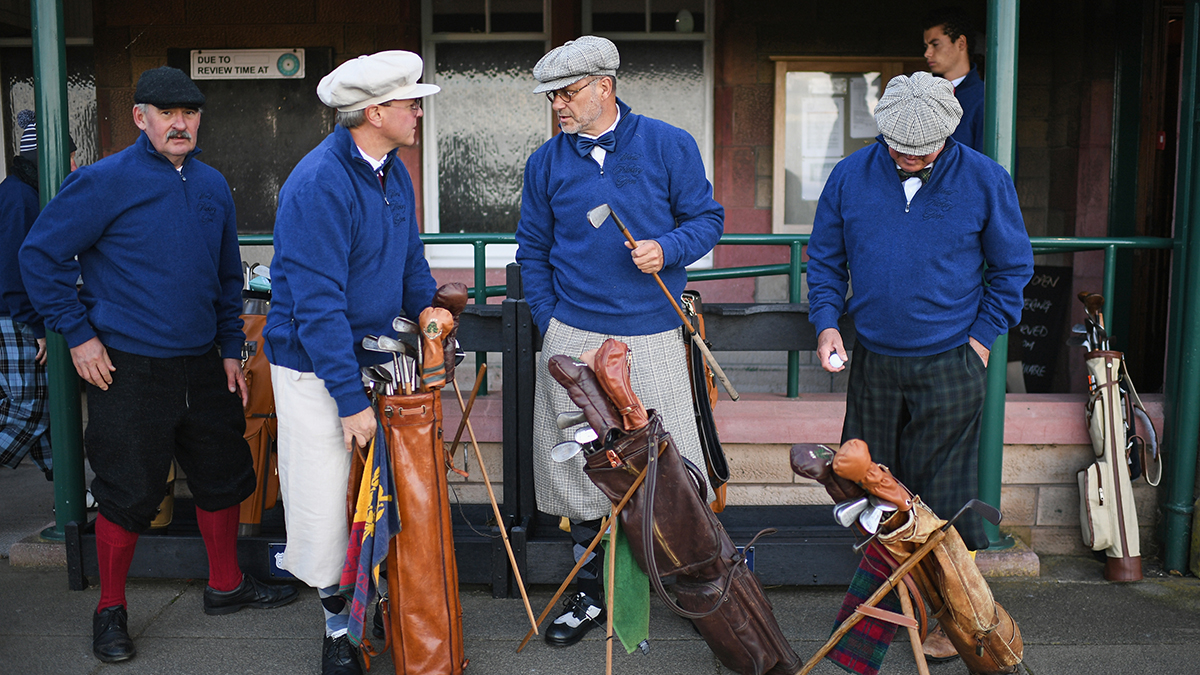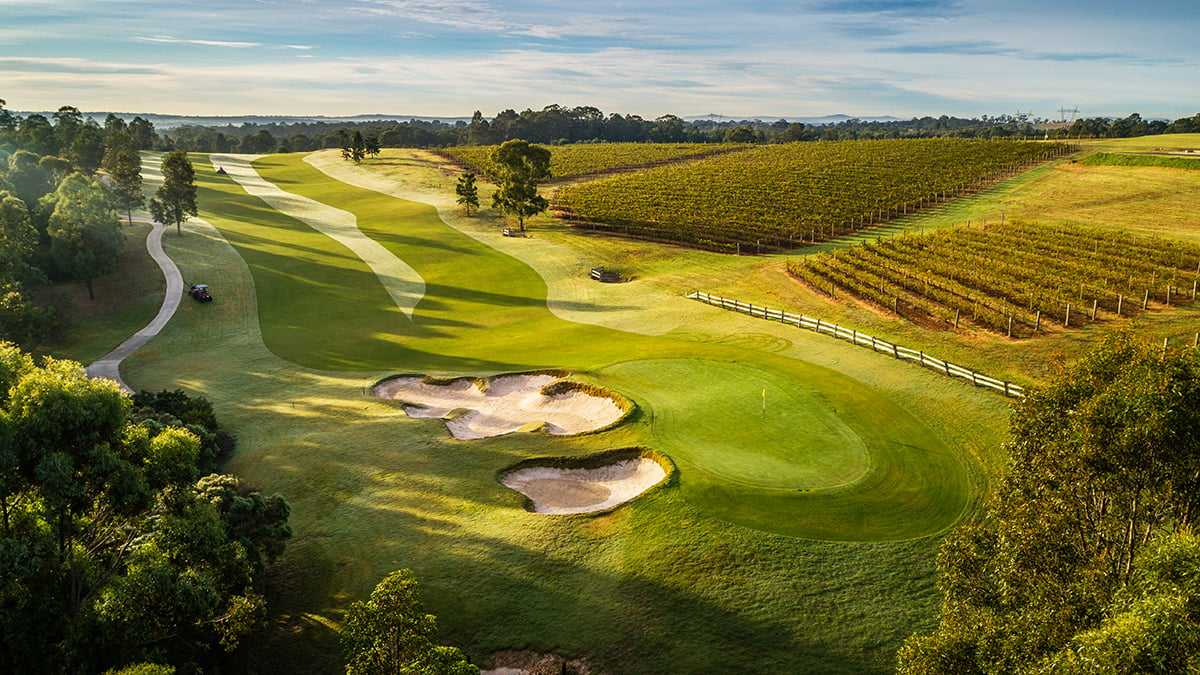Opinion: The Lure Of Hickory – Australian Golf Digest

- by Admin
- November 26, 2024

Why the local hickory golf scene is quietly flourishing
There is eccentricity, there is madness, there is acute madness and then there is hickory golf.
So say those golfers who, at their golf club, might sometimes observe one or two people venturing out onto the course with a pencil-thin bag and a few wooden-shafted golf clubs to attack the course. Yet they would be wrong in their conceit.
Why do apparently sane golfers across the world deliberately damage their chances of recording a good score by playing golf with clubs more than a century old? As a dedicated inmate of the hickory asylum, let me explain from inside that fine institution why it’s the golfer with the very latest, technologically perfect golf clubs who deserves pity.
First, some recent history. About 2015, the serving chairman of the History & Archives Committee of Royal Melbourne Golf Club, Tony Rule (now captain of the club, and respected from Birkdale to Augusta, Tokyo, Shanghai and Port Fairy) discovered an original map of the West course. Rule suggested to this columnist that we play the course from its original tees with clubs from that age, the mid-1920s. A month later we had each bought a set of antique hickory clubs (not ghastly modern reproductions) and this columnist was hooked, Rule less so.
Hickory golf is addictive. Just ask the steadily growing cohort of devotees in Australia, let alone Japan, Scotland, England, Poland and New Zealand, to name just a few of the hickory jurisdictions, and even now in China.
The best way of explaining the allure of hickory golf is that it’s harder to make par using antique clubs, let alone a birdie. This, we enthusiasts have discovered, provides more satisfaction when one does make par, and rarely a birdie. True, we often drive from the forward tees, otherwise most par-4 holes are really par 5s. But try to play a sand shot with a niblick made before sand wedges were invented. You may as well try to persuade the government to spend less money.
Part of the mystery is that the clubs in those days had no numbered irons. A driver is a ‘brassie’, a 3-wood a ‘spoon’. Your driving iron is a ‘cleek’. The middle iron is a ‘mashie’, your chipping or approach iron is a ‘mashie-niblick’, and your most lofted iron is a ‘niblick’. Hickory putters usually have a three-degree loft because greens a century ago were very slow.
Another aspect of hickory golf that devotees enjoy is wearing period costume while playing. Plus-fours, or knickerbockers in the American idiom, are comfortable, more so than modern golf attire. Long skirts for ladies I can’t attest for, but I’ve seen lady hickory golfers wear them with elegance. Dressing like that, the idea is to experience in a physical way what it was like to play golf in an age before the telephone, when the motor car was still quite new. Until you’ve done it, it’s hard to express in words the thrill of the experience.
If I play hickory golf, will it wreck my normal golf? No, to the contrary. If you want to reduce your handicap, take up hickory golf. You’ll find yourself playing more carefully, avoiding bunkers at any cost, and your scores with steel or carbon-fibre clubs will improve.
Why? Technically speaking, the sweet spot on a cleek or a mashie, let alone a brassie, is very small compared to modern clubs. Hence, to hit a straight shot you must be careful in the extreme. This requires a slower swing, with greater concentration at impact. Try to belt the ball with too much vigour and you’ll end up way left or right of your target, your dreams of a par or birdie a smoking ruin.
In Australia – and in New Zealand – the hickory golf scene is quietly flourishing. An overdue sense of collaboration between hickory groups in Victoria, New South Wales and South Australia – boosted by friendly alliances with New Zealand and Japan – has seen two tremendous multi-national fields in the Australian Hickory Championships played last year in Melbourne and this year in Sydney. Next year Royal Adelaide Golf Club will host.
I’m sure the average Australian golfer playing with modern clubs – man or woman, city or country, champion or hacker – enjoys their time on the course. A series of terrible holes is followed by a miraculous birdie, and the golfer feels redeemed, even satisfied. Yet that same golfer is unaware that a whole new world, a higher level of satisfaction, even ecstasy, is available for a modest cost and very little effort in finding a set of hickory clubs. The tragedy of modern golf is that too few players know, in a personal, physical sense, what it was like to play the game a hundred years ago.
If you aspire to play better, take up hickory golf.
Photo: Jeff J. Mitchell/Getty Images
The Latest News
-
November 26, 2024Payments stuck, stocks on hold, 5 companies worried as Australian retail giant in trouble | Sourcing News India
-
November 26, 2024Keep calm and carry on? It may be time for Australia to shift from default setting after first Test thumping | Geoff Lemon
-
November 26, 2024Singapore Post in Talks Over Australia Business Sale – TipRanks.com
-
November 26, 2024A time for healing: How Phillip Hughes’ family came back to cricket
-
November 26, 2024When is India vs Australia 2nd Test starting? Date and venue listed for next BGT Test | Sporting News Australia




